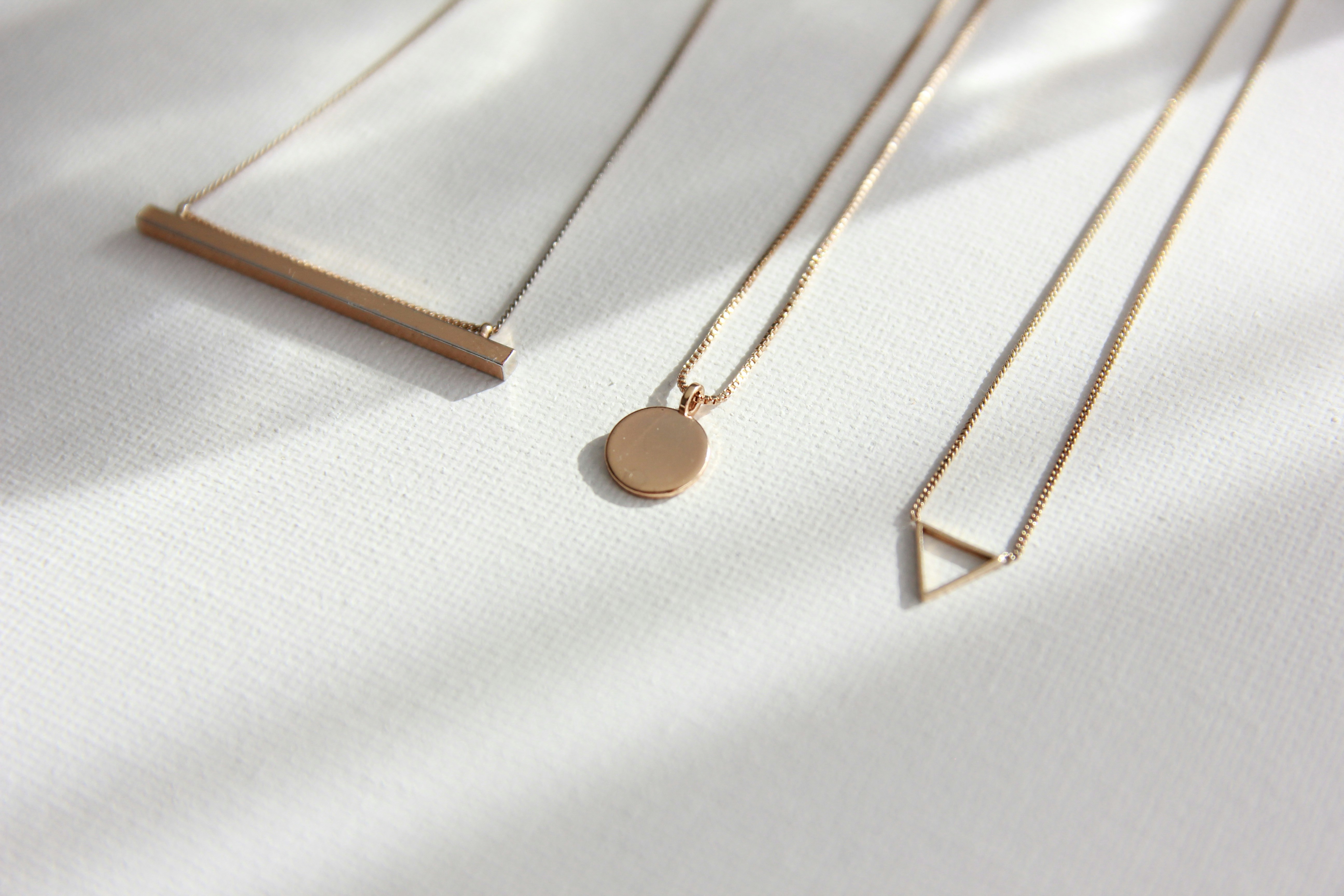How Pendants Are Made and Worn
Pendants are small pieces of jewelry that hang from chains or cords. This article explains the different styles, materials, and ways people use pendants. Learn how pendants are designed, how they can match outfits, and how they have been part of personal adornment for many years.

The creation of pendant jewelry involves multiple specialized techniques that vary significantly depending on the materials used and the desired final design. Modern pendant manufacturing combines traditional metalworking skills with contemporary precision tools, resulting in pieces that range from simple geometric shapes to elaborate sculptural works. The process typically begins with design conceptualization, followed by material selection, shaping, finishing, and quality control measures that ensure durability and aesthetic appeal.
The Craftsmanship Behind Pendant Jewelry
Pendant creation starts with careful planning and design development. Artisans and manufacturers use computer-aided design software to create detailed blueprints that specify dimensions, proportions, and structural elements. The craftsmanship process involves several key stages: initial sketching, material preparation, forming techniques such as casting or hand-forging, surface treatments, and final assembly. Skilled jewelers must understand metallurgy, gemstone properties, and structural engineering to create pendants that maintain their shape and beauty over time. Quality craftsmanship ensures that attachment points can withstand regular wear while maintaining the piece’s intended aesthetic.
Gold Pendant Creation and Characteristics
Gold pendant manufacturing utilizes various gold alloys, typically ranging from 10-karat to 24-karat purity levels. The creation process often begins with melting gold alloy in controlled furnaces, followed by casting in specialized molds or hand-forming techniques. Gold’s malleability allows for intricate detailing through stamping, engraving, and filigree work. The characteristics of gold pendants include resistance to tarnishing, hypoallergenic properties in higher karat weights, and the ability to achieve various color tones through different alloy combinations. Yellow gold remains traditional, while white gold and rose gold offer contemporary alternatives that complement different skin tones and style preferences.
Silver Pendant Manufacturing Methods
Silver pendant production employs sterling silver, which contains 92.5% pure silver mixed with other metals for increased durability. Manufacturing methods include casting liquid silver into molds, sheet metal forming, and wire work techniques. Silver’s workability allows for detailed texturing through hammering, oxidation treatments, and polishing processes that create various surface finishes. The manufacturing process often includes anti-tarnish treatments to maintain the metal’s lustrous appearance. Silver pendants can incorporate traditional techniques like repoussé and chasing, where designs are hammered from the reverse side to create raised relief patterns on the front surface.
Diamond Pendant Assembly and Setting Techniques
Diamond pendant assembly requires precision setting techniques that secure gemstones while maximizing their brilliance and fire. Common setting methods include prong settings, which use metal claws to hold diamonds while allowing maximum light penetration, and bezel settings, which surround the stone with a metal rim for enhanced security. The assembly process involves careful measurement of diamond dimensions, precise cutting of setting seats, and gradual tightening of prongs or bezels to ensure proper stone retention. Advanced techniques like pave settings create surfaces covered with small diamonds, while tension settings use the metal’s spring properties to hold stones in place without visible support structures.
Wearing Styles for Necklace with Pendant Combinations
Pendant styling involves understanding chain lengths, pendant proportions, and neckline compatibility to achieve desired aesthetic effects. Standard chain lengths range from 14 inches for choker styles to 36 inches for opera-length presentations, with each length creating different visual impacts. Layering multiple necklaces with pendants of varying sizes creates dimensional interest, while single statement pendants work best with simpler chain designs. Considerations include pendant weight distribution, chain strength, and clasp security to ensure comfortable wear. Style guidelines suggest matching pendant metals to other jewelry pieces, considering neckline shapes when selecting pendant sizes, and adjusting chain lengths based on torso proportions and personal preferences.
| Pendant Type | Material | Price Range | Key Features |
|---|---|---|---|
| Basic Gold Pendant | 14k Gold | $150-$500 | Durable, classic appeal, hypoallergenic |
| Silver Pendant | Sterling Silver | $50-$200 | Affordable, versatile, easy maintenance |
| Diamond Pendant | Gold/Platinum with Diamonds | $500-$5000+ | Luxury appeal, brilliant sparkle, investment value |
| Custom Artisan Pendant | Mixed Materials | $200-$1500 | Unique design, handcrafted quality, personalization |
Prices, rates, or cost estimates mentioned in this article are based on the latest available information but may change over time. Independent research is advised before making financial decisions.
The pendant industry continues evolving through technological advances in manufacturing and design capabilities. Modern techniques like 3D printing enable complex geometric forms previously impossible to create through traditional methods. Laser engraving allows for precise personalization and intricate surface patterns. These innovations expand creative possibilities while maintaining the fundamental appeal of pendant jewelry as personal adornment that reflects individual style and meaningful connections. Whether chosen for everyday wear or special occasions, pendants remain versatile accessories that bridge traditional craftsmanship with contemporary fashion sensibilities.




